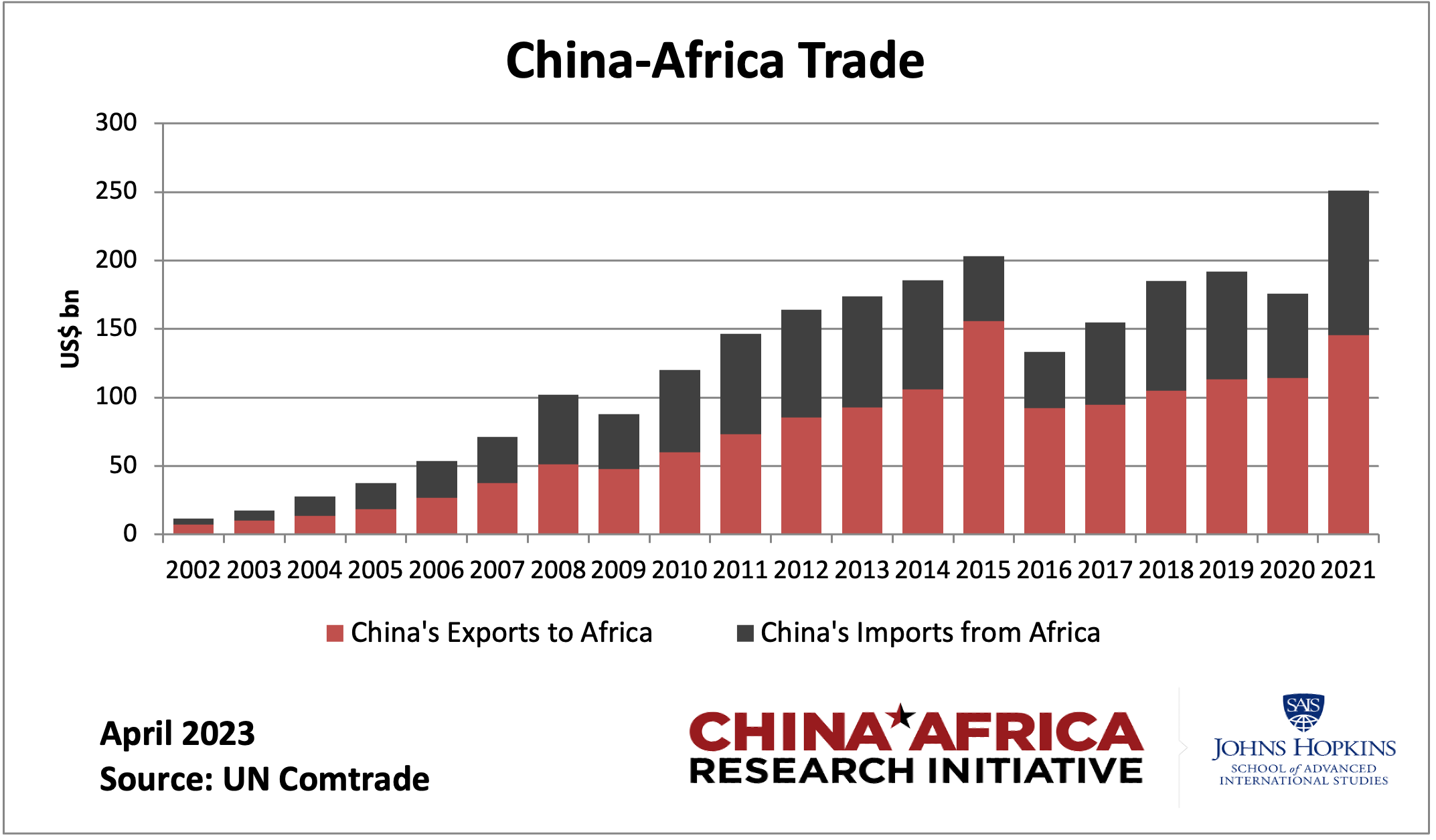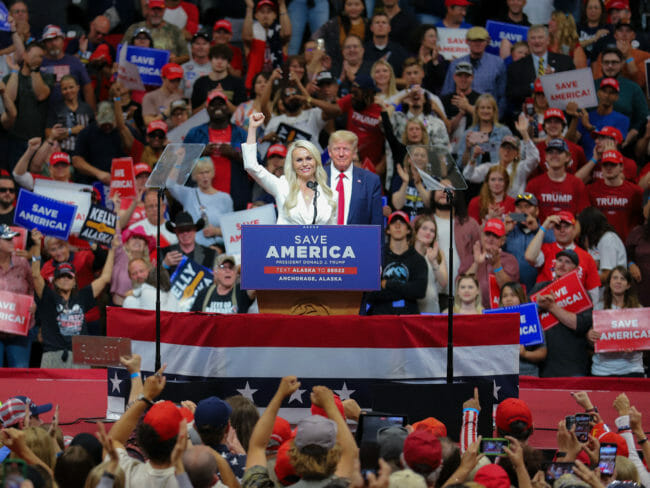Negotiations Resume: India And US Discuss Bilateral Trade Deal

Table of Contents
Key Areas of Discussion in the Resumed India-US Trade Talks
The resumed talks between India and the US encompass a wide range of sectors, each presenting its own unique challenges and opportunities. Key areas under negotiation include:
- Digital Trade: This includes discussions on data localization policies, digital services taxes, and the cross-border flow of data. Negotiations around digital trade agreements are particularly complex, balancing the need for data security with the promotion of free and open digital markets. The potential for increased intellectual property protection within digital trade is also a significant factor.
- Agriculture: Reducing agricultural tariffs is a key objective. India is seeking improved market access for its agricultural exports, while the US aims to increase sales of its agricultural products in the Indian market. This area presents a significant challenge due to India's concerns about protecting its domestic farmers.
- Pharmaceuticals: Negotiations involve discussions around pharmaceutical patents and intellectual property rights. This is a sensitive area, with India advocating for affordable access to medicines while the US emphasizes the protection of intellectual property for its pharmaceutical companies.
- Intellectual Property Rights (IPR): Strengthening intellectual property protection is a high priority for the US. This includes protecting patents, copyrights, and trademarks, which are crucial for fostering innovation and investment. India, however, needs to balance IPR protection with access to affordable technology and medicines.
Reaching compromises in these sectors requires careful consideration of the potential benefits and drawbacks for both nations. A successful outcome would depend on finding a balance between protecting domestic industries and promoting trade liberalization.
India's Stance on the Bilateral Trade Deal
India’s approach to the India and US bilateral trade deal is driven by a desire to secure greater market access for its goods and services in the US market. Key priorities for India include:
- Market access for Indian goods: India seeks significant reductions in US tariffs on key export products.
- Tariff reductions: India aims to negotiate substantial reductions in US tariffs, particularly on agricultural and manufactured goods.
- Protection of domestic industries: India is keen to safeguard its domestic industries from unfair competition.
- Addressing concerns over data localization and digital services taxes: India wants to address its concerns regarding US policies on data localization and digital services taxes that may impact its tech companies.
Recent statements by Indian government officials underscore India's commitment to a balanced and mutually beneficial agreement, reflecting its focus on India's trade policy that prioritizes fair and equitable trade practices.
The US Perspective on a Bilateral Trade Agreement with India
The US seeks to expand its trade relationship with India, viewing a successful bilateral trade agreement as a means to:
- Expanding market access for US goods: The US aims to reduce barriers to market access for its goods and services in India.
- Reducing trade barriers: The US wants India to lower tariffs and reduce non-tariff barriers.
- Strengthening economic ties with India: A comprehensive trade deal would significantly deepen economic ties between the two nations, boosting economic growth and fostering closer cooperation.
The US government has expressed its commitment to reaching a mutually beneficial agreement, acknowledging some concerns regarding market access and regulatory hurdles in India. However, the focus remains on US trade policy which prioritizes reciprocal market access and fair trade practices.
Potential Impacts of a Successful India-US Trade Deal
A successful India and US bilateral trade deal could yield significant positive impacts:
- Increased trade volume: The agreement could lead to a substantial increase in bilateral trade between the two countries.
- Job creation: Increased trade is likely to create new jobs in both countries, especially in export-oriented sectors.
- Economic growth: The deal could boost economic growth in both India and the US. Trade liberalization is expected to benefit consumers through lower prices and increased choice.
However, potential negative impacts must also be considered:
- Job displacement: Increased competition could lead to job displacement in certain sectors in both countries.
The geopolitical implications of such an agreement are significant, potentially strengthening the strategic partnership between the two countries and influencing global trade dynamics.
Obstacles and Challenges to Reaching an Agreement
Several obstacles could hinder the progress of negotiations:
- Deep-seated differences on agricultural tariffs and digital trade: Finding common ground on these key issues remains a significant challenge.
- India's concerns regarding data localization and digital services taxes: These issues are likely to remain contentious.
- Protectionist tendencies in both countries: Balancing the needs of domestic industries with the benefits of trade liberalization will be critical.
A phased approach, focusing on smaller, sector-specific agreements, may be necessary to overcome these challenges. The timeline for reaching a final agreement remains uncertain, depending on the willingness of both sides to compromise.
Conclusion: The Future of India-US Bilateral Trade Negotiations
The renewed negotiations for an India and US bilateral trade deal represent a significant opportunity for both countries to deepen their economic ties and boost mutual growth. While significant obstacles remain, the potential benefits of a successful agreement are considerable. The key areas of discussion – digital trade, agriculture, pharmaceuticals, and intellectual property rights – will require careful negotiation and compromise. The outcome will significantly impact both economies and the global trade landscape. Stay informed about the crucial developments in the India and US bilateral trade deal by subscribing to our newsletter!

Featured Posts
-
 Handhaving Van De Relatie Brekelmans India Kansen En Bedreigingen
May 09, 2025
Handhaving Van De Relatie Brekelmans India Kansen En Bedreigingen
May 09, 2025 -
 Anchorage Witnesses Second Anti Trump Protest In Two Weeks
May 09, 2025
Anchorage Witnesses Second Anti Trump Protest In Two Weeks
May 09, 2025 -
 Dakota Johnsons Stunning White Dress At Materialists Premiere
May 09, 2025
Dakota Johnsons Stunning White Dress At Materialists Premiere
May 09, 2025 -
 Trump Attorney Generals Warning To Opponents What You Need To Know
May 09, 2025
Trump Attorney Generals Warning To Opponents What You Need To Know
May 09, 2025 -
 Jayson Tatum Injury Update Bone Bruise Could Keep Him Out Of Game 2
May 09, 2025
Jayson Tatum Injury Update Bone Bruise Could Keep Him Out Of Game 2
May 09, 2025
